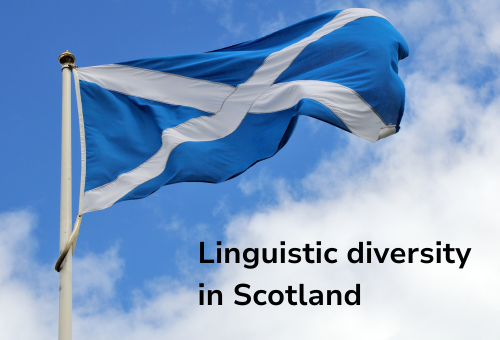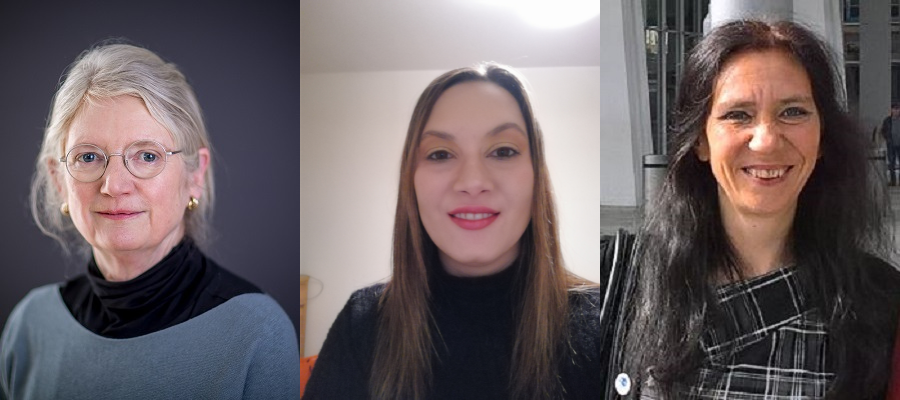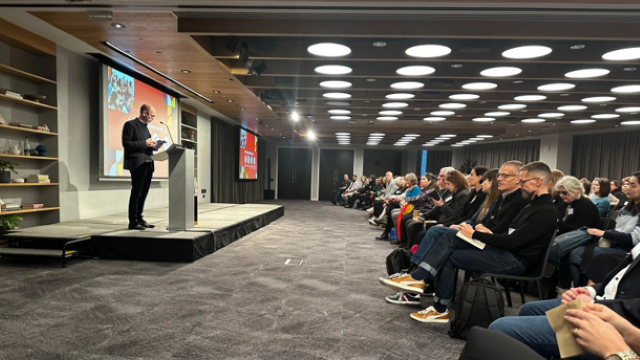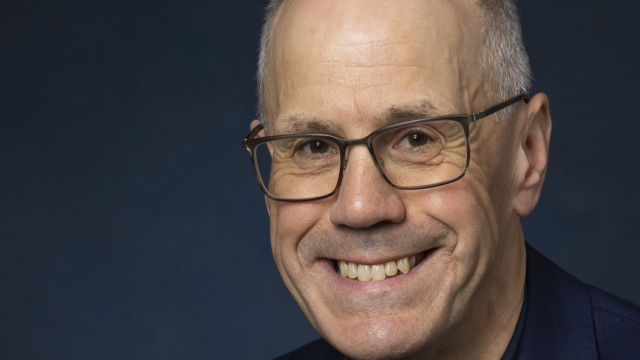-
QUALIFICATIONS
- For Linguists Worldwide
- For UK Public Services
- Preparation
- Policies & Regulation
-
MEMBERSHIP
- Join CIOL
- Membership grades
- NEW for Language Lovers
- Chartered Linguist
- Already a member?
- Professional conduct
- Business & Corporate Partners
-
ASSESSMENTS
- For Second Language Speakers
- English as a Second Language
-
EVENTS & TRAINING
- CPD, Webinars & Training
- CIOL Conference Season 2025
- Events & Networks
- CIOL Mentoring
-
NEWS & VOICES
- News & Voices
- CIOL eNews
- CIOL Awards
- The Linguist
- Jobs & Ads
-
RESOURCES
- For Translators & Interpreters
- For Universities & Students
- Standards & Norms
- CIOL & AI
- All Party Parliamentary Group
- In the UK
- UK Public Services
- Find-a-Linguist
Linguistic diversity as national identity in Scotland
Thoughts from the steering group of the CIOL Scottish Society

In many ways, Scotland is a great place to be a linguist. It is a multilingual, multicultural and inclusive society. Linguistic diversity is part of the national identity: while English is the main language, over 150 other languages are spoken in Scottish homes.
Historically, Gaelic was the main language in many areas of Scotland, particularly the Highlands and Islands and South West, while Scots was the language of the Lowlands, a lingua franca, and used in many official texts from 1500. Efforts to suppress both languages following the Jacobite rebellion of 1745 continued through the 19th century and less than 100 years ago children were physically punished if they spoke Gaelic or Scots at school.
Scots is still spoken by over a million people, nearly a fifth of the total population. Gaelic is much less widespread. But both are recognised as regional languages by the Scottish and UK governments, and the Scottish government actively supports Scottish Gaelic, Lowland Scots, British Sign Language and minority languages. The Scottish Parliament invites people to use any language to communicate with their MSP or the Parliament and offers to provide translators and interpreters to support.
But the picture is not all rosy. We are part of a global industry undergoing radically disruptive change and Scottish linguists face the same challenges as our colleagues across the UK and worldwide. Here as elsewhere, mega multinational language service providers are using machine translation to drive rates and quality down and quantity up, and qualified interpreters are giving up on work for the public services and courts because of low rates and poor working conditions.
The proposal by Aberdeen University last autumn to effectively close its modern languages department was a wake-up call. It was reassuring to see the strength of the backlash, not just from local students and trade unions but consulates and lovers of languages everywhere. Many of us signed the petition. And we were (at least partially) successful: joint language degrees will continue to be offered next year.
While many of our challenges are shared with all our colleagues, there are some which are specific to Scotland as a small country with a widely dispersed population: 70 people per square kilometre compared to 434 in England. As the Scottish Society steering group, we are proud of our record on webinars, but we have struggled, particularly since the pandemic, to deliver in-person events that cover their costs while persuading people to travel long distances.
However, we were encouraged by the positive vibe at our legal translation event in November – colleagues were so pleased to have the opportunity to meet face to face. And it was great that John Worne took time out from his Saturday to talk to us. So we will continue to try. Suggestions from colleagues for topics, venues and speakers are always welcome. As are applications to join our steering group.
Scotland, we need your help!

Article written by (from left to right):
Jo Durning, Florencia Pistritto, and Liudmila Tomanek
Members of the Steering Group of the CIOL Scottish Society
Views expressed on CIOL Voices are those of the writer(s) and may not represent those of the wider membership or CIOL.
Filter by category
More
The Chartered Institute of Linguists (CIOL), Incorporated by Royal Charter, Registered in England and Wales Number RC 000808 and the IoL Educational Trust (IoLET), trading as CIOL Qualifications, Company limited by Guarantee, Registered in England and Wales Number 04297497 and Registered Charity Number 1090263. CIOL is a not-for-profit organisation.








